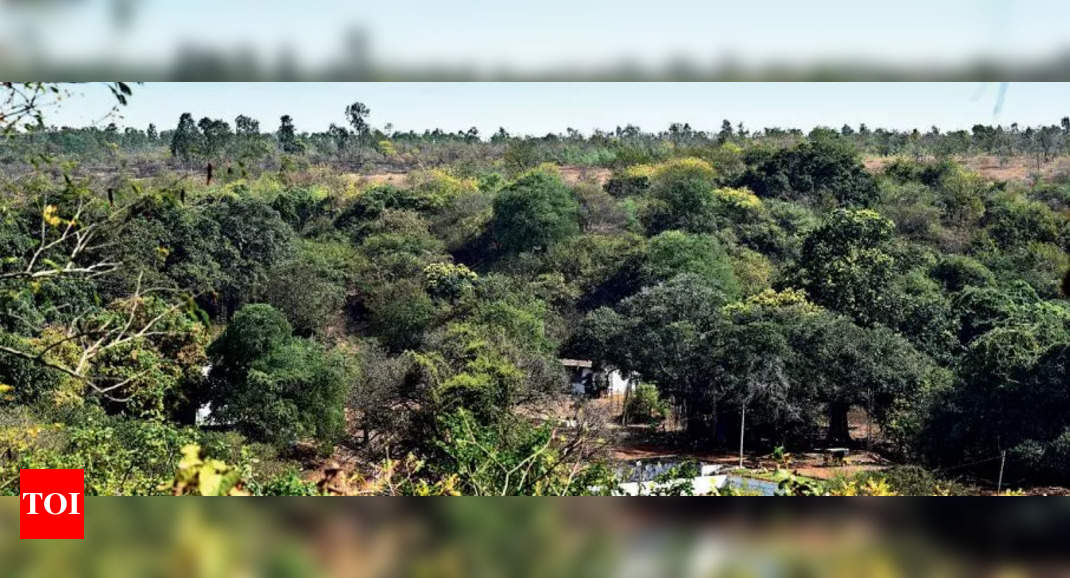This forest is considered a lifeline by the locals. It is home to 60,000 people across 20 villages, who rely on it for their livelihoods. The government plans to establish a Navy VLF Radar Communication System in the forest, which would result in the removal of over 12 lakh trees. The locals and environmentalists are concerned about the loss of trees, the impact on the livelihoods of the villagers, and the potential health and environmental consequences of the project.
According to a local priest, the project was kept under wraps for a long time, and the villagers only became aware of it when thousands of trees were felled and a boundary was erected to mark the foundation of the project. The forest is home to over 500 rare species of trees, 150 medicinal plants, and a diverse range of wildlife and birds.
Environmentalists raise concerns about the potential radiation emitted by the VLF system and its adverse effects on human health and flora and fauna. Reports from similar projects in other parts of the world have highlighted health issues like Alzheimer’s, skin diseases, birth cancer, miscarriages, and adverse effects on wildlife and trees. The authorities plan to compensate for the tree felling by planting 11.7 lakh saplings, but environmentalists doubt if this would be sufficient.
The forest also serves as the source of three crucial rivers – Isa, Kagna, and the Musi River. Environmentalists highlight the ecological sensitivity of the river source and question how the authorities can save the river while giving permission to destroy its source. They also argue that the forest could have been avoided, as it does not qualify as one of the highest points in peninsular India.
The Indian Navy claims to have prior experience operating a VLF Communication Station in Tirunelveli district, Tamil Nadu, without observing any adverse effects on humans, flora, and fauna. However, locals and environmentalists remain skeptical. The Navy has included a 27-km peripheral road and full access to the Damagundam Ramalingeswara Swamy Temple to address the concerns of the locals.
The project is deemed of national importance by the Navy and essential to meet its operational requirements. Locals and environmentalists continue to advocate for the preservation of the forest, raising questions about the trade-off between national security and environmental conservation.










